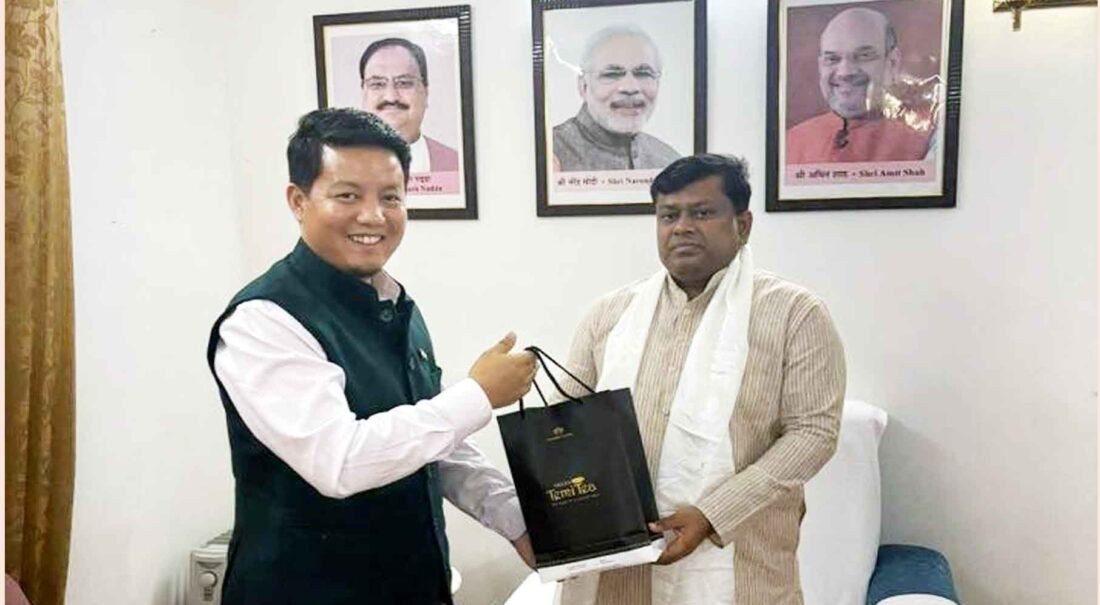Sikkim MP Urges CBSE to Restore Indigenous Languages in Senior Secondary Classes

Gangtok: In a renewed effort to safeguard the cultural and linguistic heritage of Sikkim’s indigenous communities, the state’s sole Lok Sabha MP, Indra Hang Subba, has formally urged the Union Ministry of Education to include Rai, Sherpa, Tamang, and Gurung languages as optional second languages for Classes 11 and 12 under the Central Board of Secondary Education (CBSE).
Subba met Union Education Minister Dharmendra Pradhan and Minister of State for Education Sukanta Majumdar in New Delhi on Monday, submitting a written appeal and pressing for reconsideration of the Ministry’s earlier decision to deny the inclusion.
Backed by a joint representation from four major community organizations—Sikkim Akhil Kirat Rai Sangh, Denjong Sherpa Association, Sikkim Tamang Buddhist Association, and the All Sikkim Gurung (Tamu) Buddhist Association—Subba argued that removing these languages beyond Class 10 disrupts academic continuity and threatens the preservation of distinct linguistic identities.
“These languages are already part of the CBSE curriculum for Classes 9 and 10. Discontinuing them at the senior secondary level is both a cultural setback and an educational gap,” Subba said.
He emphasized that reintroducing the languages for Classes 11 and 12 would require no additional infrastructure or examination days, as students would simply choose them from existing optional language slots—making the move logistically sound and cost-effective.
Citing the National Education Policy (NEP) 2020, which advocates for multilingualism and regional inclusion, Subba said the proposed change aligns with the policy’s spirit of inclusive and equitable education. He added that this would also reflect the Union government’s constitutional commitment to protecting the rights of minorities under Article 29.
Subba urged the Ministry to direct the CBSE to implement the change from the academic session 2025–26 in all eligible schools across the country, particularly in Sikkim where these languages are rooted in everyday life and identity.

